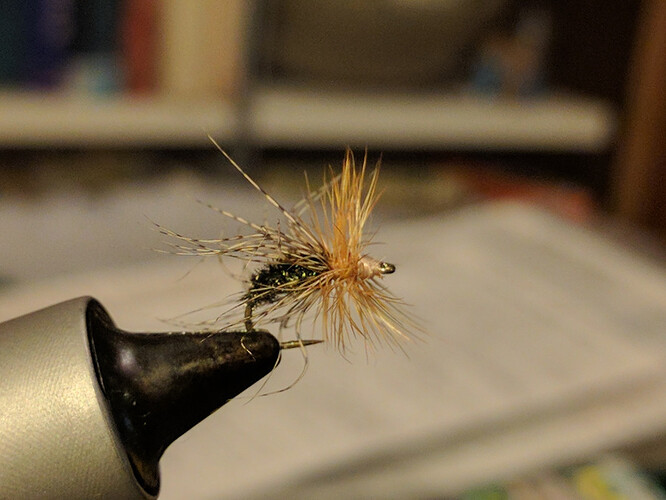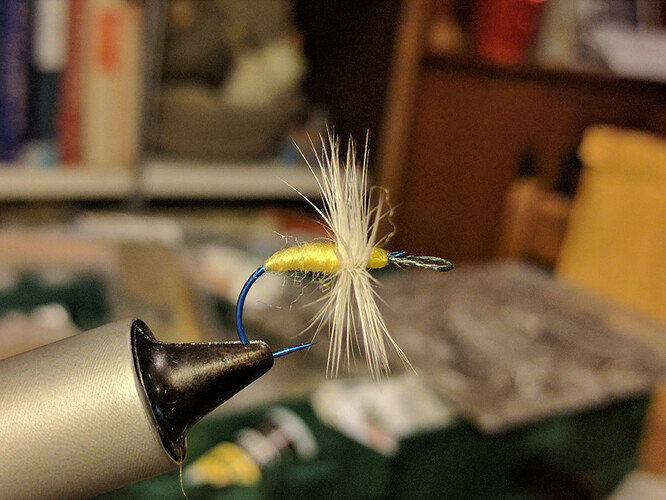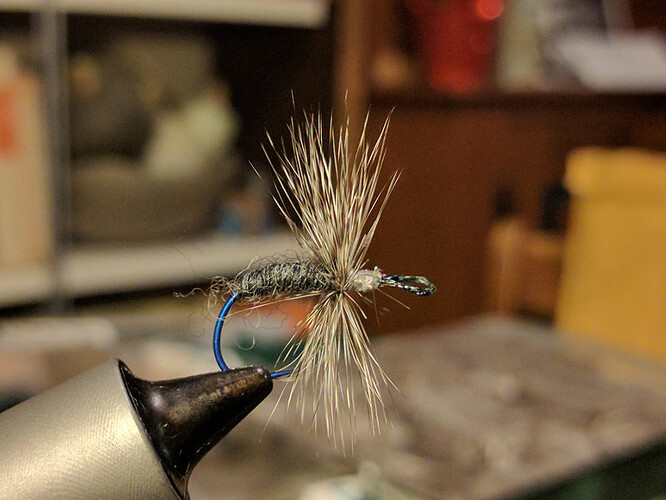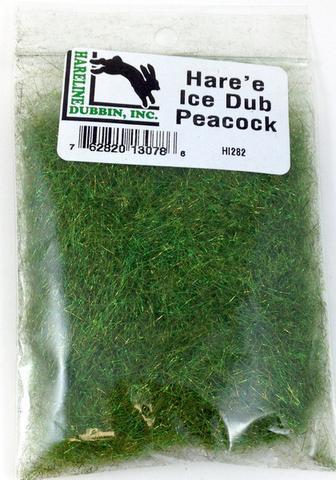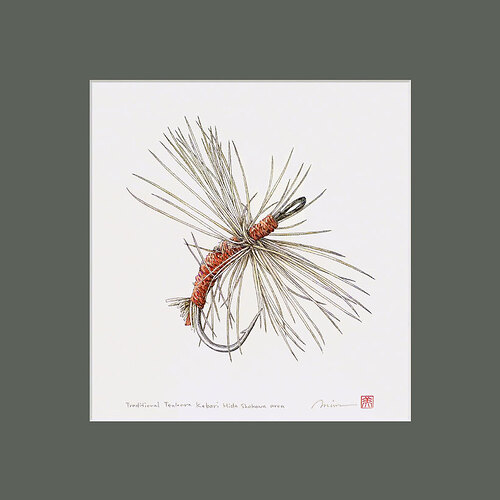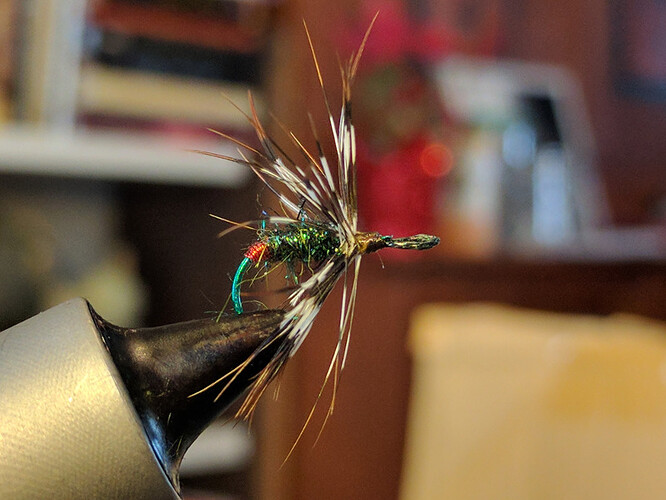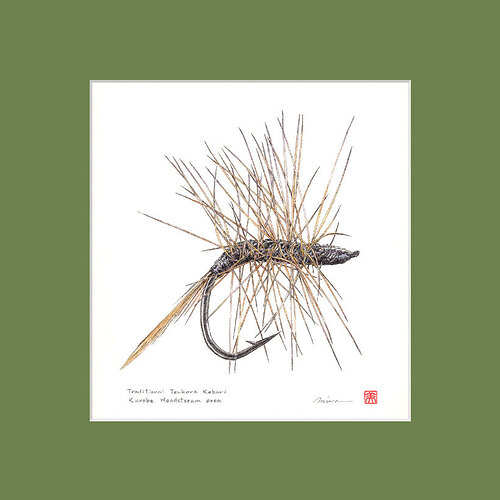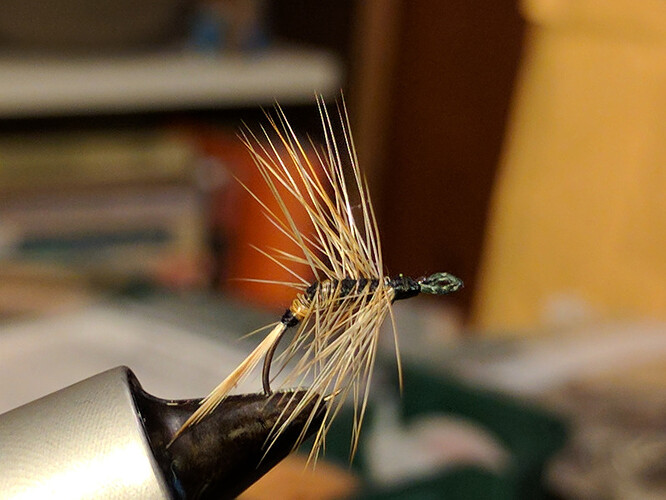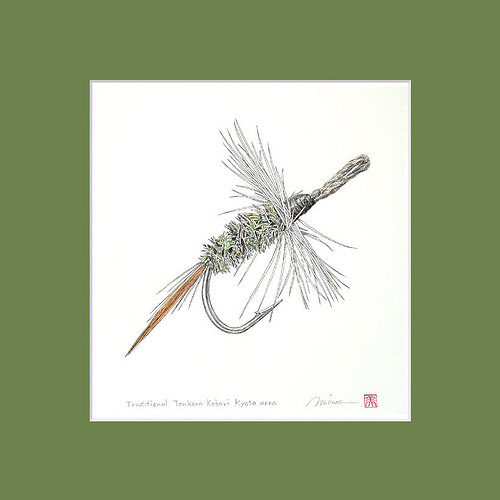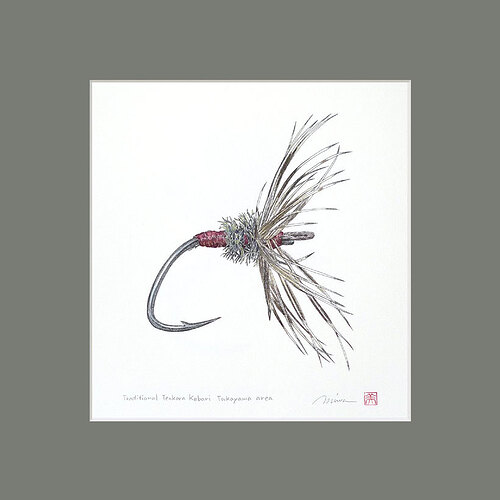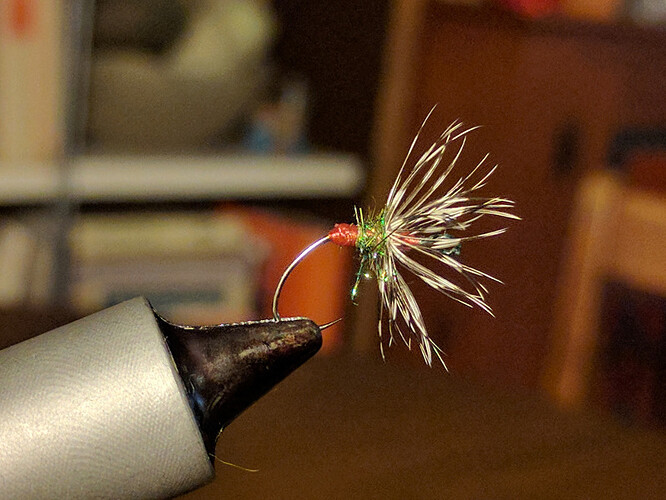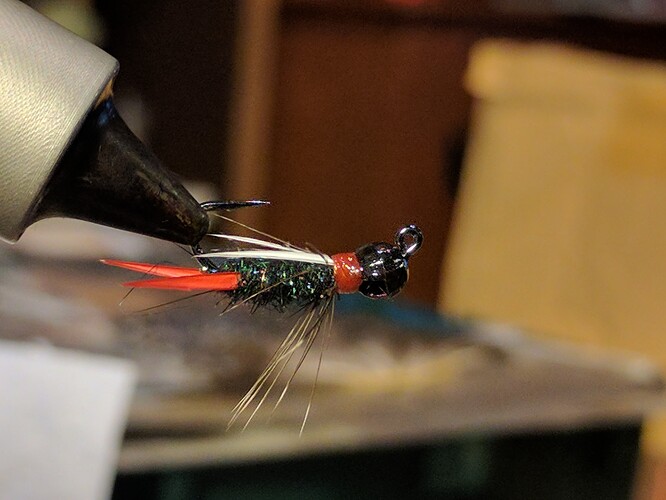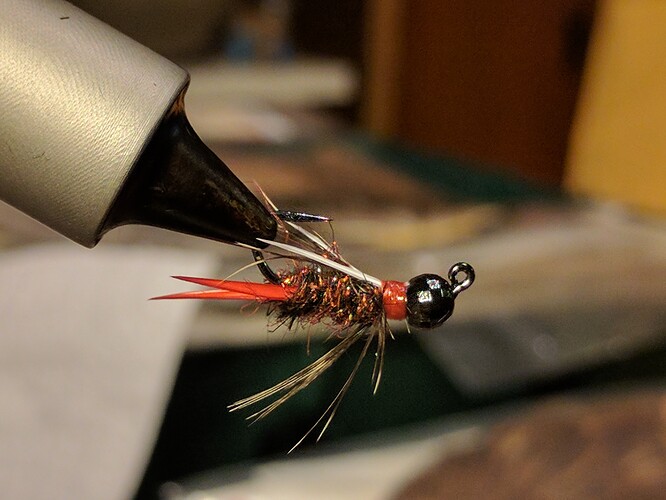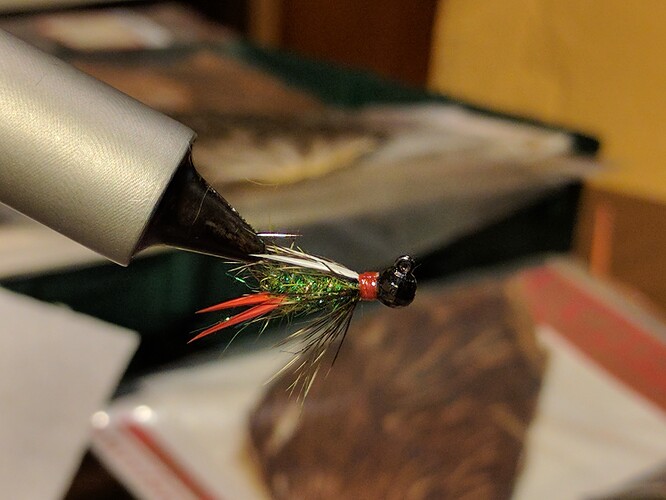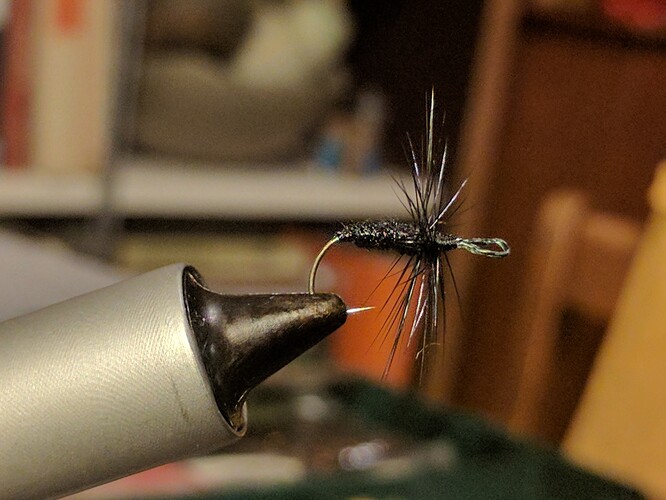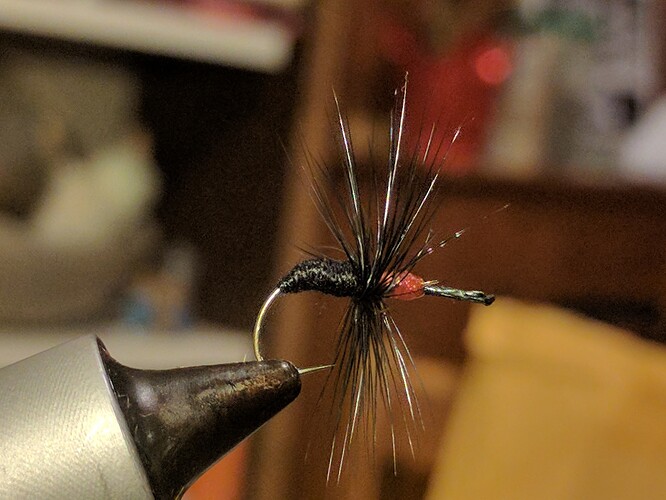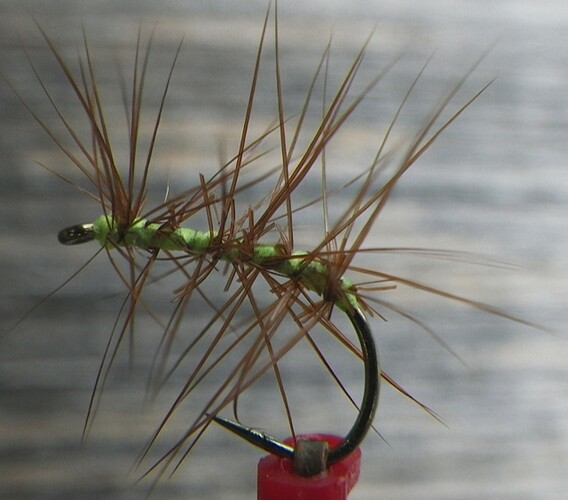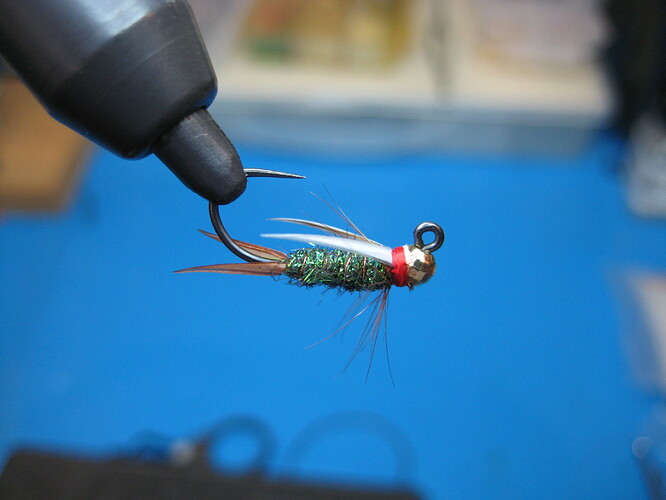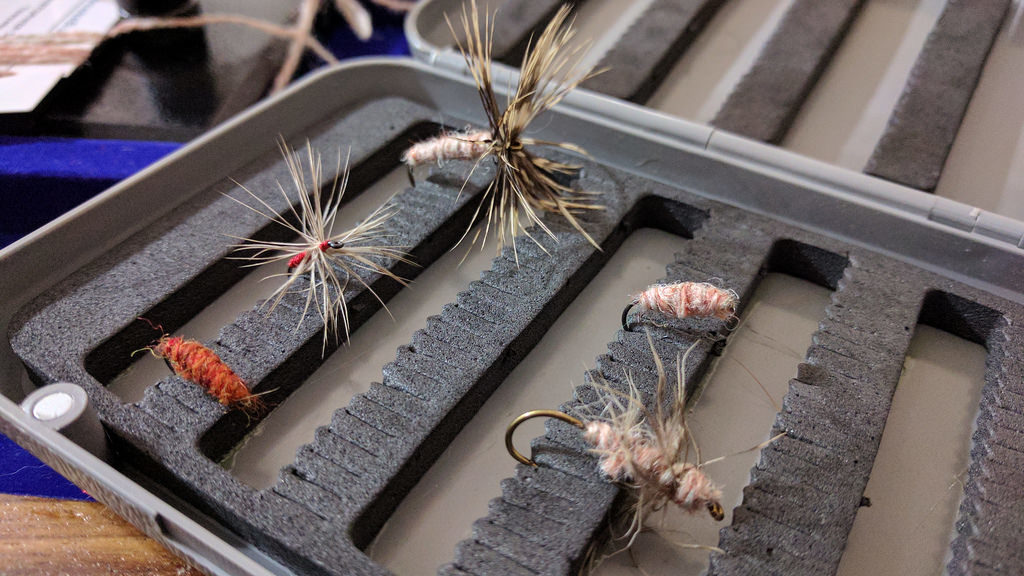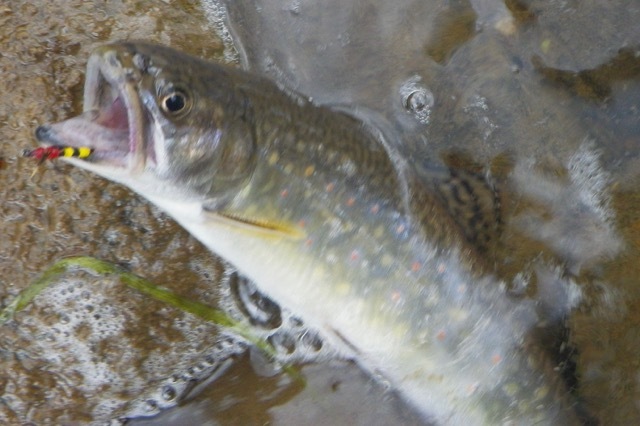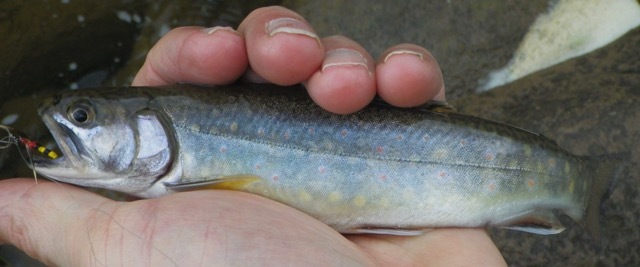This was originally a posted started by someone else on the tenkara-fisher forum. Rather than starting a new one, I revived it. I’m not going to copy what everyone else has written, but did want to keep alive the thread and things I’ve been thinking about. Here’s what I posted previously.
Post:
"Since there’s been more discussions about tying again recently, I decided to look around during my lunch break and see what had been posted previously and this seemed like a worthwhile thread to resurrect.
I usually start my tying on New Year’s day and go crazy until the season opens again and am looking for some inspiration for this year. No offense to those that are, but I’m not a “one fly” kind of guy. Someone mentioned recently (Tom I think??) that they only change flies when they lose one; that’s what I do. Since I cannot fish during the winter, I get a lot of enjoyment out of sitting down with a good beer or bourbon and tying for a few hours. There are my standards that fish well and I keep tying, but I like to experiment too and tie something new and if it works I’ll add it to my rotation.
So, what is working well for you and/or what are you tying right now?
Pics and material lists are always helpful, especially for the people who are just getting started.
Worked:
Ishigaki kebari & variations
generic wool body kebari
Bead head kebari
Western wet flies & nymphs
Did NOT Work:
Utah Killer Bug
Squirmy Wormy & variations (I’ve never had success with this over the years)
Double hackle flies
zenmai kebari"
Post:
"…I’ve never heard of the Arizona Wandering before and had to look it up. I can see why you like it. Except for one spring creek on the other side of the state, I’ve never had much luck with hoppers; but that one looks fun and like it would float for years.
I use one similar to your CDC & Elk, except in place of CDC I use India hen. I agree about the floatant; after awhile it just ends up either in the film or just below, but it works great. Your BH looks very similar to mine too…"
Several other posts that aren’t relevant here.
Post:
Responding to someone else. "…Insects have just as much variation (albeit on a much smaller level) as humans do. It’s simply a matter of scale. To most humans, for example, all blue wing olive mayflies look the same (except for variation in size) and to most BWO’s, all humans look the same. Yet we all know the immense variation.
I think your very last point is also true and is something many of us have learned via tenkara. There were two times last year when I happened upon other people FF and who said they were having terrible luck that day. One instance two guys had been in an area for several hours and had seen tons of fish rising but weren’t catching anything. I tied on a large (probably about a size 8) kebari made of pale yellow embroidery thread and light gray hackle and that’s it. Within half an hour I had 2 browns and 3 brookies. This was the day were “pulsing” the fly finally clicked between my head and my hand. The second instance I didn’t catch anything either.
Based on my simple understanding of hydrology, I think the points you make from the book are very logical and completely make sense to me. It makes me wonder why no one else has written a book about hydrology as it relates to fly fishing. Almost all other books are about matching the hatch. I remember as a kid lure fishing for pike with my grandfather. He’d clip on a 3" or 4" red and white Daredevil spoon and we’d catch pike all day; yet there were no baitfish that even came close to resembling that lure. As an adult I came to understand that it was how we fished the lure, not the specific lure we used.
There is no doubt in my mind that the materials we chose for our flies look and behave differently in the water. Take for example the UKB. Someone out West could tie one on and catch fish all day because of their specific water conditions and I could tie one on and not catch a damn thing because of my water conditions. Then when you consider how each person manipulates/fishes the specific fly the variables increase even more.
Very fascinating."
Post:
I was searching around today for some inspiration and found myself down one of those proverbial rabbit holes. Then I came upon the following website:
…It seems everything on there is for sale. There are lots of kebari to get ideas for tying your own."
Post:
"I spent a few hours tying this evening while my wife watched a movie lying sick with the flu.
While I cannot say these are exactly my “favorite flies,” I can say these all performed really well for me all season this past year.
There were a few others that did well too, but I tied up about half a dozen of each of these tonight. If I have time to tie more this weekend, I may post more."
Post:
"…Coming to tenkara from western FF, I previously used a partial western technique in choosing my flies. The guy that taught me to FF mostly used wet flies and nymphs and rarely matched the hatch - well at least as far as most people think about it. He really walked, lived, and fished to the beat of different drummer, but I digress. The only way that he taught me to MtH was the size of the fly, other than that it was all about how you fished it. He tied with whatever he could and if it worked for him, that was good enough to keep using it.
That’s what really surprised me about the above flies this summer. The blue keiryu hooks you see above are a Japanese size 10 and wicked heavy duty. They are roughly a little bigger than a US size 8 but smaller than a 6 - these suckers a pretty damn big. The thing was, I consistently caught fish on them. I even had 4"-5" brookies that would pound the flies and realize they were too big to get in their mouths.
I tied those patterns on smaller size hooks too and they also worked well. The other thing this past year was I really came to like embroidery thread. I saw it in a couple of videos on YT; one was with Sebata-san and I don’t remember the other guy’s name. It’s really awesome stuff. There are a thousand different colors, it’s wicked cheap (at least here where I live), and it can be broken down into fewer and fewer strands for different tying purposes. Not to mention it’s also been durable.
I still really like to use dubbing, but embroidery thread has quickly become something I grab regularly now. I think the guy who taught me to tie flies and to FF would certainly approve.
I’ve also almost completely (not 100% yet) stopped using peacock herl (I like what it looks like but hate using it). I’ve switched to using Hareline Hare’e Ice Dub. It’s a mixture of hare’s ear and ice dub. It’s hard to see the ice dub in the photos below, but I take the black and peacock and mix them to my own preference and I think it mimics peacock herl nicely. Getting back to what David had quoted from the recent book he got, I do think the dubbing behaves differently than herl does in the water. That’s what the body of the first fly above is and the collar on the second fly pictured too."
Post:
"Personally, I stumbled upon it [the dubbing] by chance, really. I had been having a bad day last year and decided to take a drive and ended up at the Orvis flagship store. It’s a beautiful store, but a place I rarely spend money, especially on fly tying supplies as I find them to be rather overpriced. To make a long story short, I knew in the back of my mind I had run out of some dubbing and just hadn’t ordered any online. Being late spring at the time, Orvis had sold out of tons of stuff and about all they had left for dubbing were those two plus some pink and chartreuse antron (neither of the latter two did I purchase).
About a week before Christmas I also ordered some more of it in a color called Bloody Black and it’s supposed to arrive tomorrow."
Post:
"Here are the flies that I tied up today - only had time to do about half dozen of each. This time, my inspiration came from Fujioka Yoshikazu - who’s website is always fun to dig through. This time it was from his art and not the photos. Here are photos of my flies and his art as comparison.
He says this one is from the Hida Shokawa area.
This is from Kurobe and for some reason it was really fun (& fast!) to tie. In the process I figured out how to tie this one a little better but didn’t have time to tie more.
This is from Kyoto.
Last but not least, this is from Takayama."

